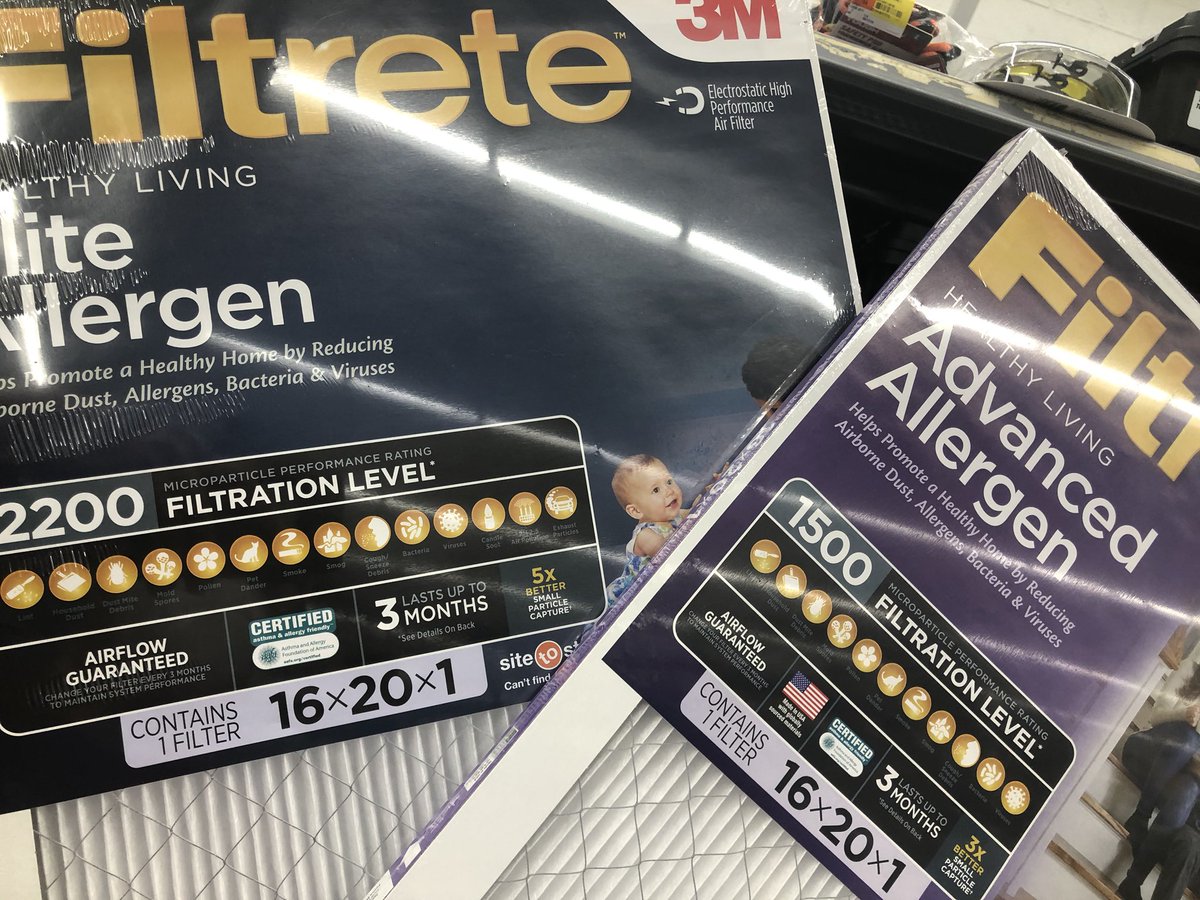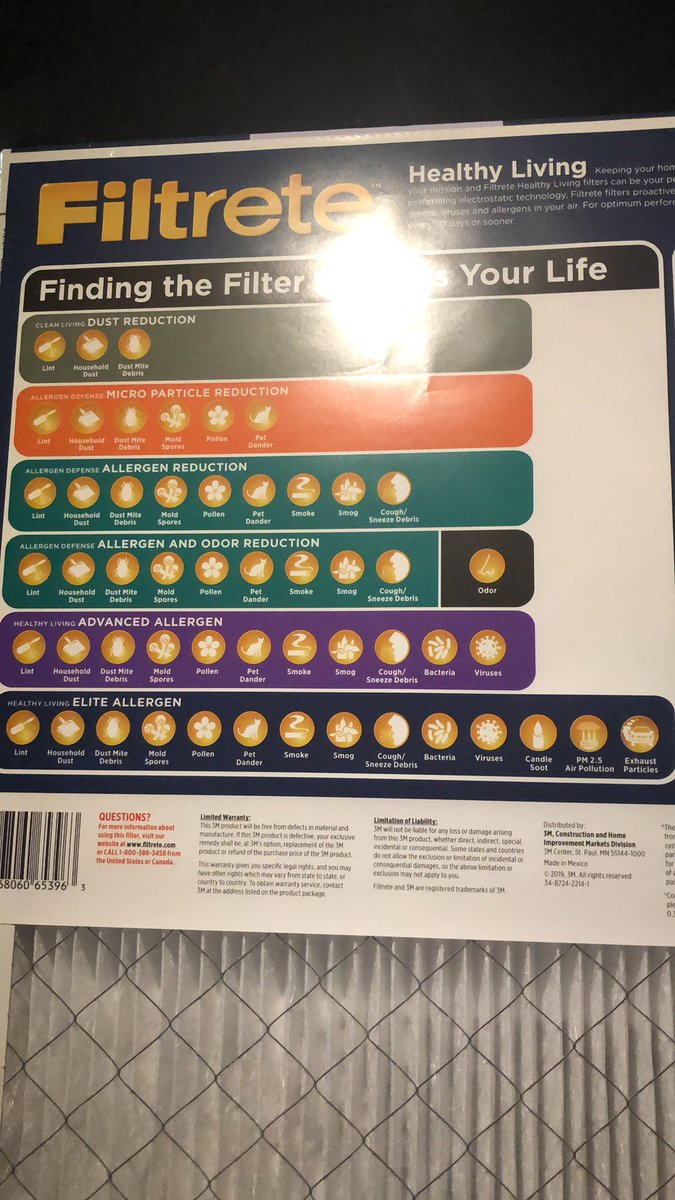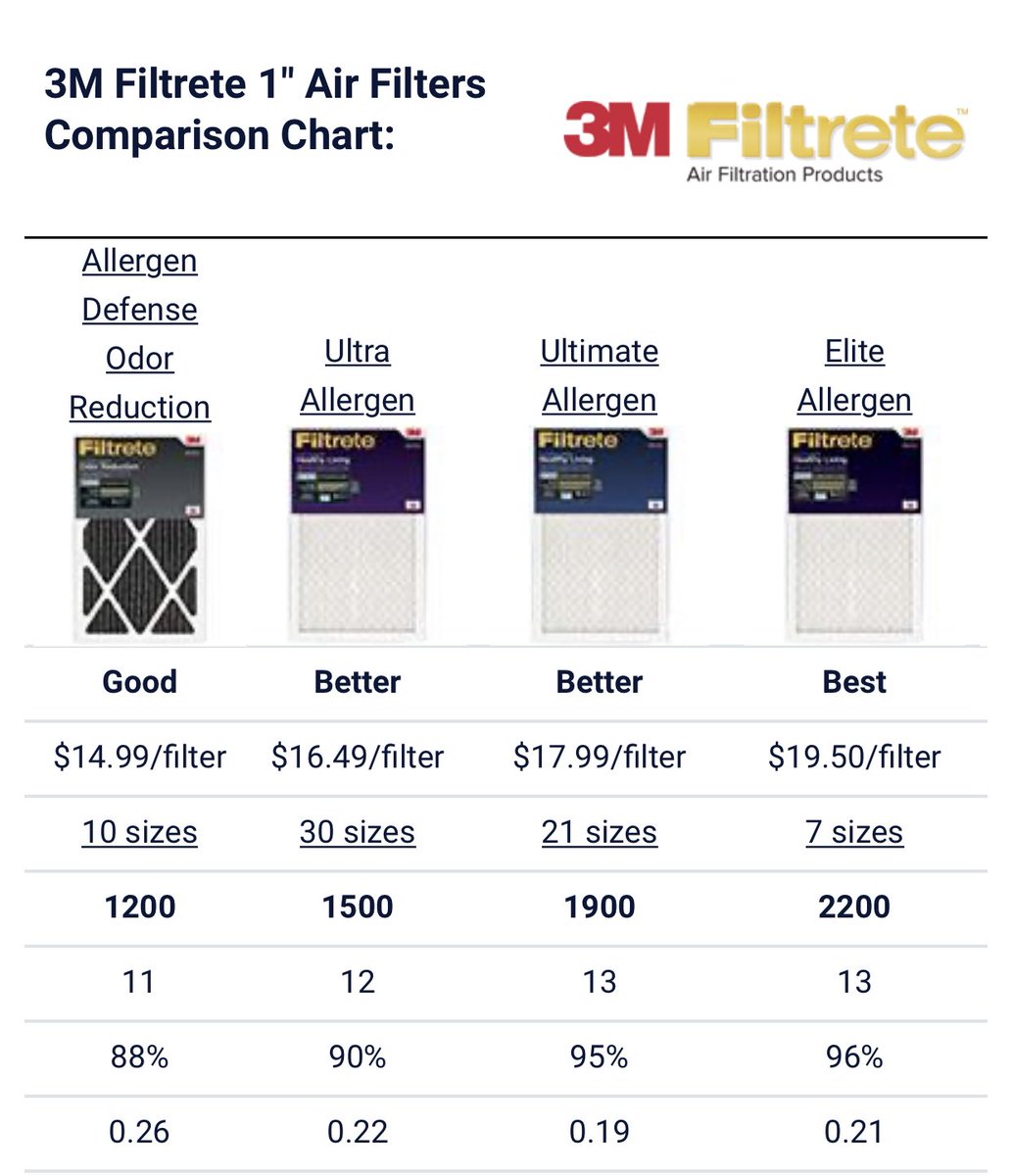AEROSOL TRANSMISSION—we need to keep hammering this. Key takeaways by @jljcolorado to avoid places:
 https://abs.twimg.com/emoji/v2/... draggable="false" alt="📌" title="Reißzwecke" aria-label="Emoji: Reißzwecke">if it& #39;s crowded
https://abs.twimg.com/emoji/v2/... draggable="false" alt="📌" title="Reißzwecke" aria-label="Emoji: Reißzwecke">if it& #39;s crowded
 https://abs.twimg.com/emoji/v2/... draggable="false" alt="📌" title="Reißzwecke" aria-label="Emoji: Reißzwecke">if cannot keep distance
https://abs.twimg.com/emoji/v2/... draggable="false" alt="📌" title="Reißzwecke" aria-label="Emoji: Reißzwecke">if cannot keep distance
 https://abs.twimg.com/emoji/v2/... draggable="false" alt="📌" title="Reißzwecke" aria-label="Emoji: Reißzwecke">if it& #39;s a long time
https://abs.twimg.com/emoji/v2/... draggable="false" alt="📌" title="Reißzwecke" aria-label="Emoji: Reißzwecke">if it& #39;s a long time
 https://abs.twimg.com/emoji/v2/... draggable="false" alt="📌" title="Reißzwecke" aria-label="Emoji: Reißzwecke">if low ventilation
https://abs.twimg.com/emoji/v2/... draggable="false" alt="📌" title="Reißzwecke" aria-label="Emoji: Reißzwecke">if low ventilation
 https://abs.twimg.com/emoji/v2/... draggable="false" alt="📌" title="Reißzwecke" aria-label="Emoji: Reißzwecke">if not wearing masks
https://abs.twimg.com/emoji/v2/... draggable="false" alt="📌" title="Reißzwecke" aria-label="Emoji: Reißzwecke">if not wearing masks
 https://abs.twimg.com/emoji/v2/... draggable="false" alt="📌" title="Reißzwecke" aria-label="Emoji: Reißzwecke">if people singing, yelling or also breathing hard. #COVID19 https://twitter.com/jljcolorado/status/1303171189649666048">https://twitter.com/jljcolora...
https://abs.twimg.com/emoji/v2/... draggable="false" alt="📌" title="Reißzwecke" aria-label="Emoji: Reißzwecke">if people singing, yelling or also breathing hard. #COVID19 https://twitter.com/jljcolorado/status/1303171189649666048">https://twitter.com/jljcolora...
2) Link to NPR audio. https://www.npr.org/2020/09/07/910499236/researchers-say-fresh-air-can-prevent-aerosol-transmission-of-the-coronavirus?utm_campaign=storyshare&utm_source=twitter.com&utm_medium=social">https://www.npr.org/2020/09/0...
https://www.npr.org/2020/09/07/910499236/researchers-say-fresh-air-can-prevent-aerosol-transmission-of-the-coronavirus?utm_campaign=storyshare&utm_source=twitter.com&utm_medium=social
3) Also, @linseymarr points out that the key danger of aerosols are that they can be “Wafted by air currents and travel around the room and be inhaled by other people” — and this 6 feet distance indoors is not enough protection. And stay afloat 20 min - 4 hours, says @kprather88.
4) Air exchange frequency is important. Experts recommend 6 or more per hour. Also here is a calculator for aerosol transmission risk for classrooms. https://twitter.com/drericding/status/1294245502234615810">https://twitter.com/drericdin...
5) Filtration of air is likely also key. MERV13 graded higher is the best. I was shopping for HVAC filters and most are not up to par—except for the highest. The 3M 2200 filtration level or higher is equivalent to MERV13 though. But most air filters way below this.

 Read on Twitter
Read on Twitter





